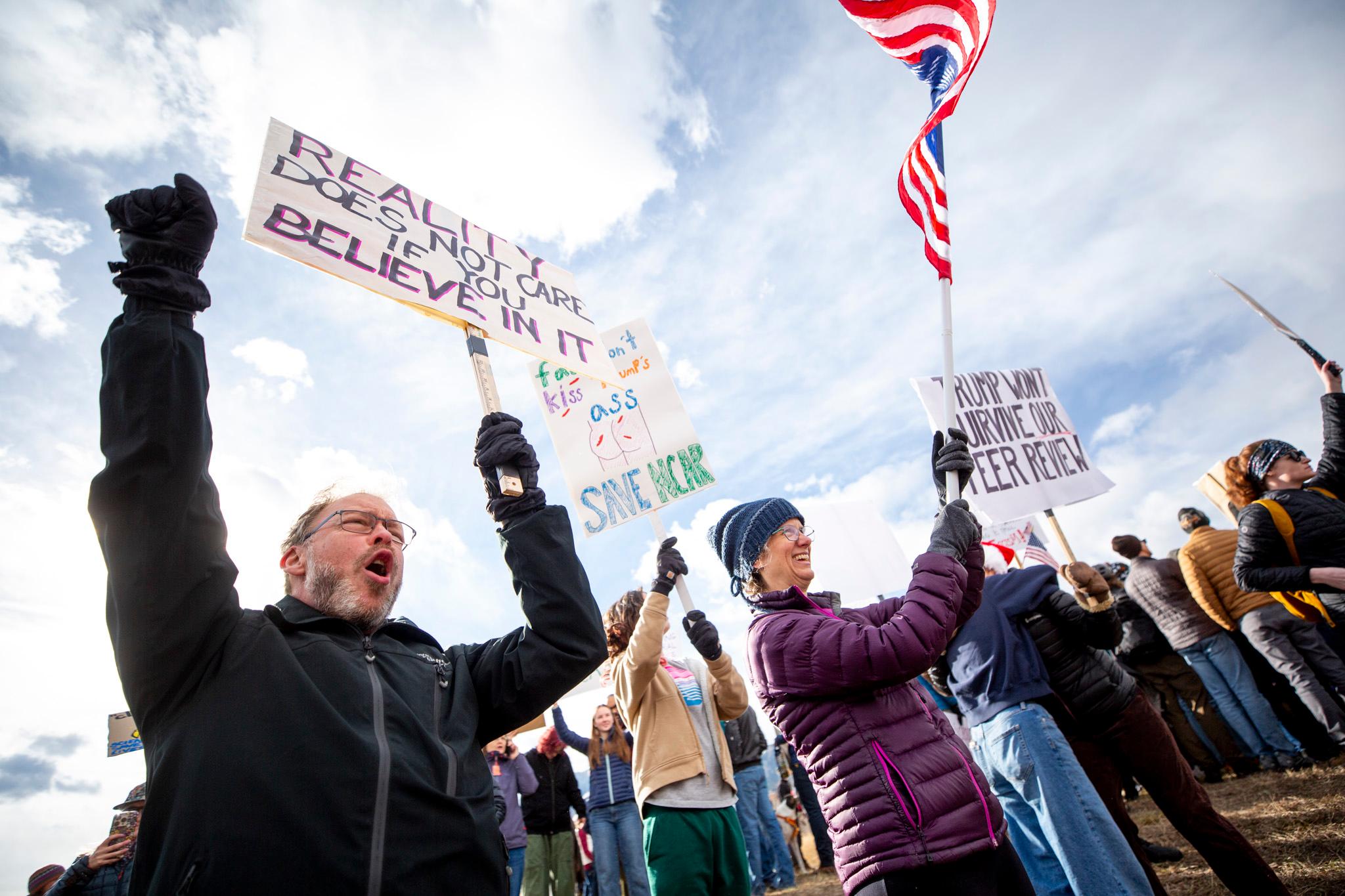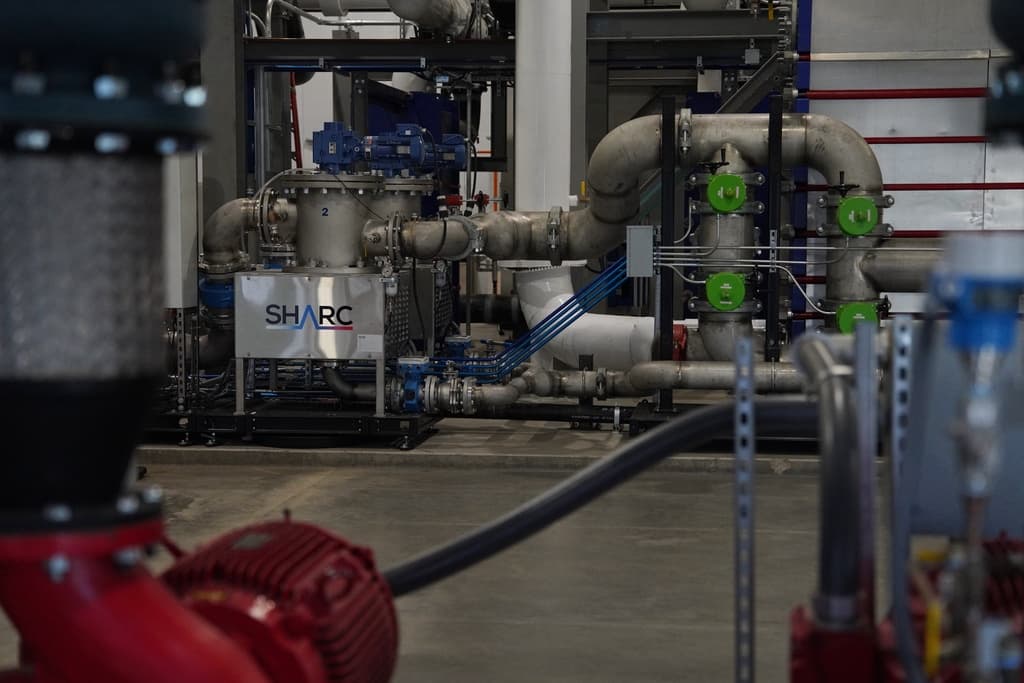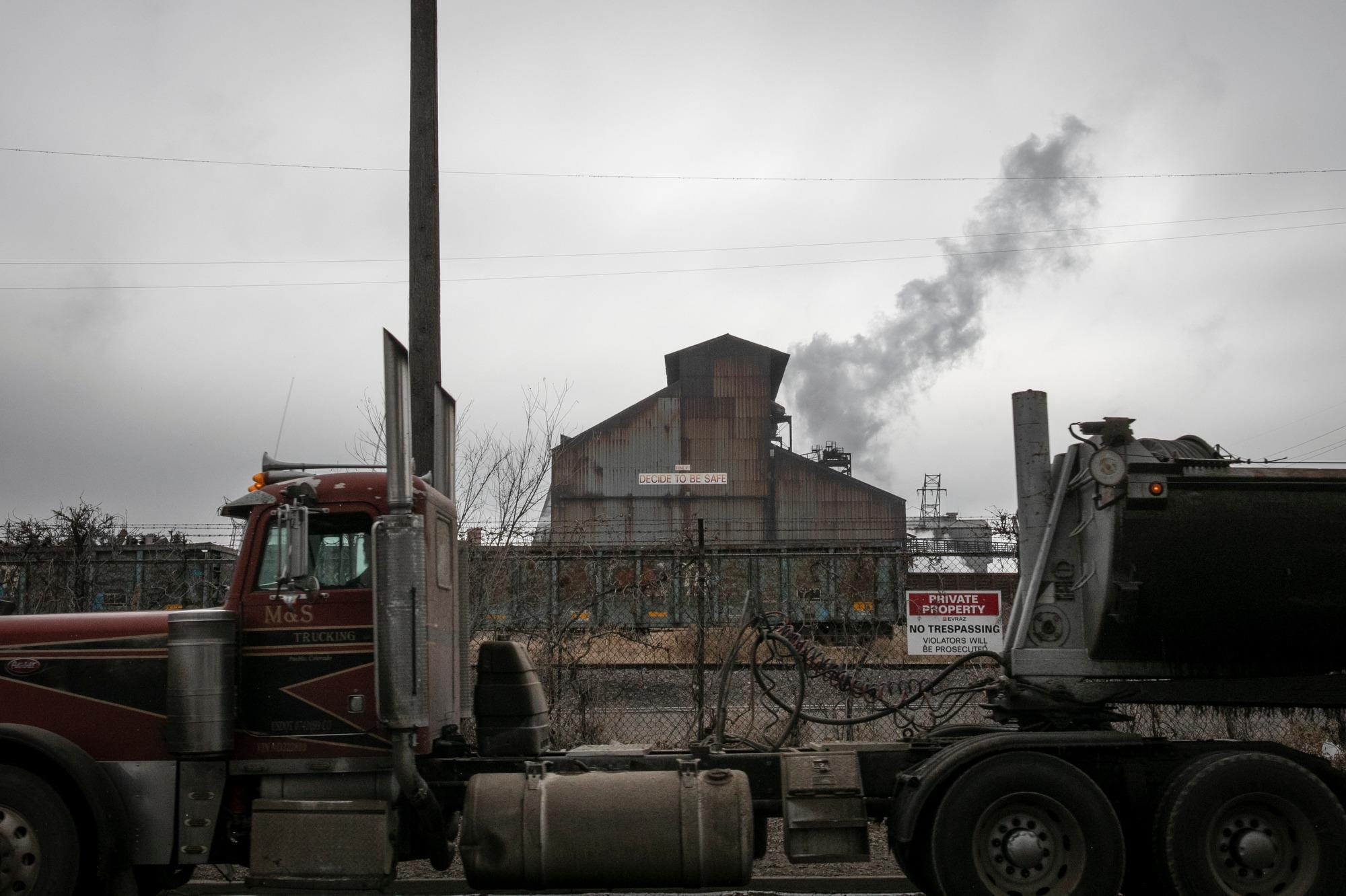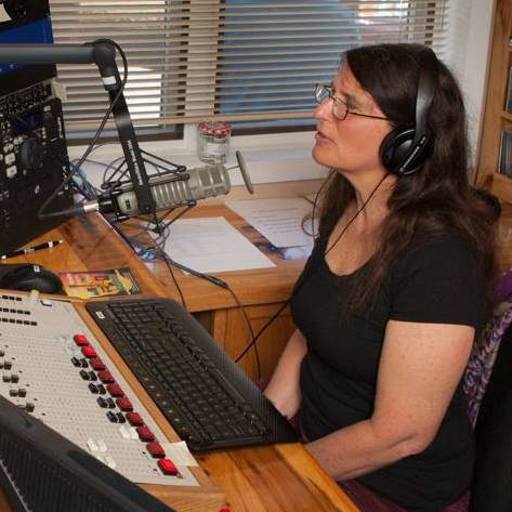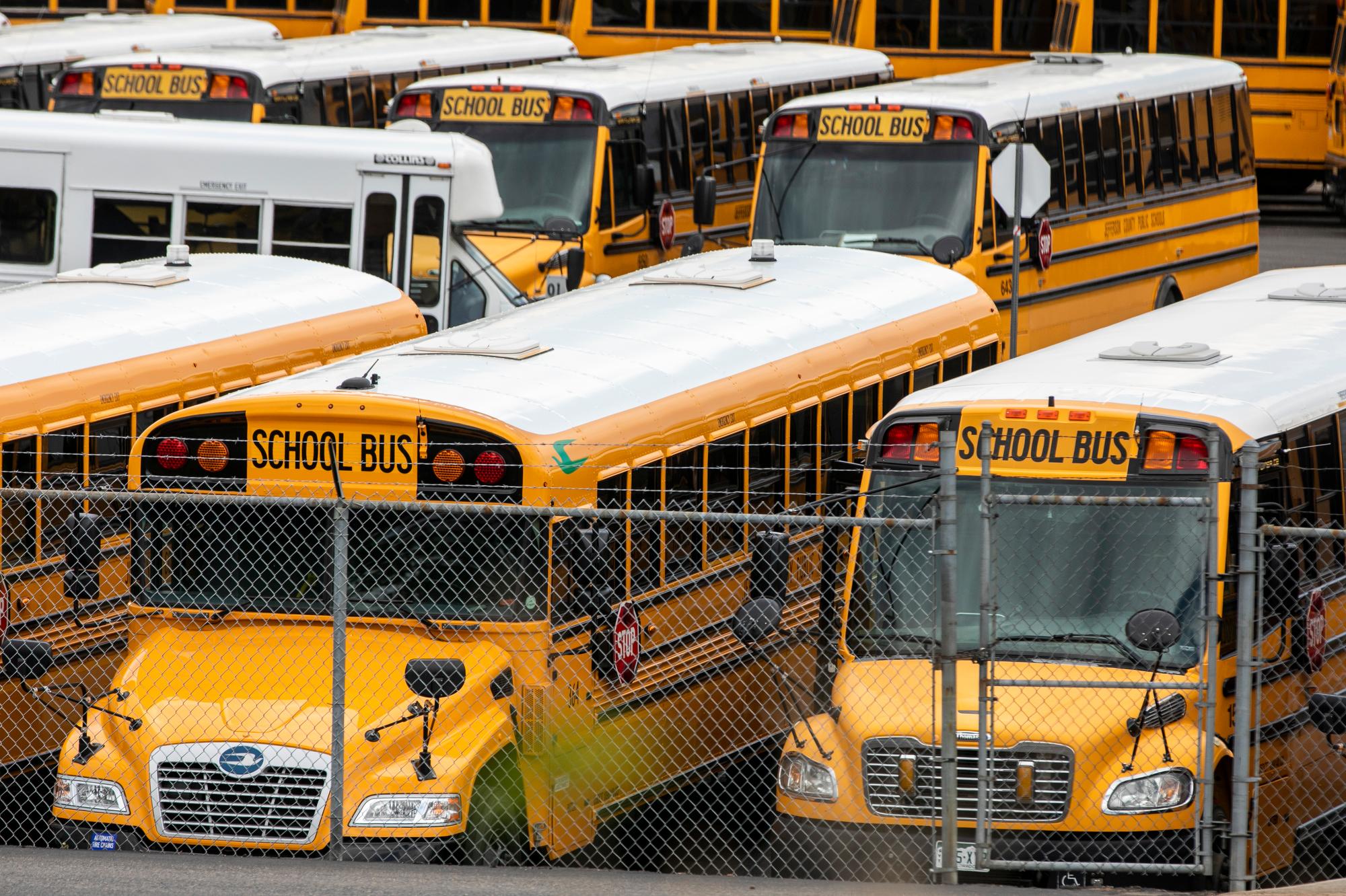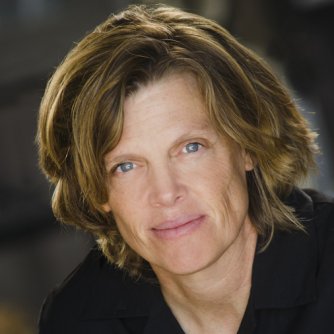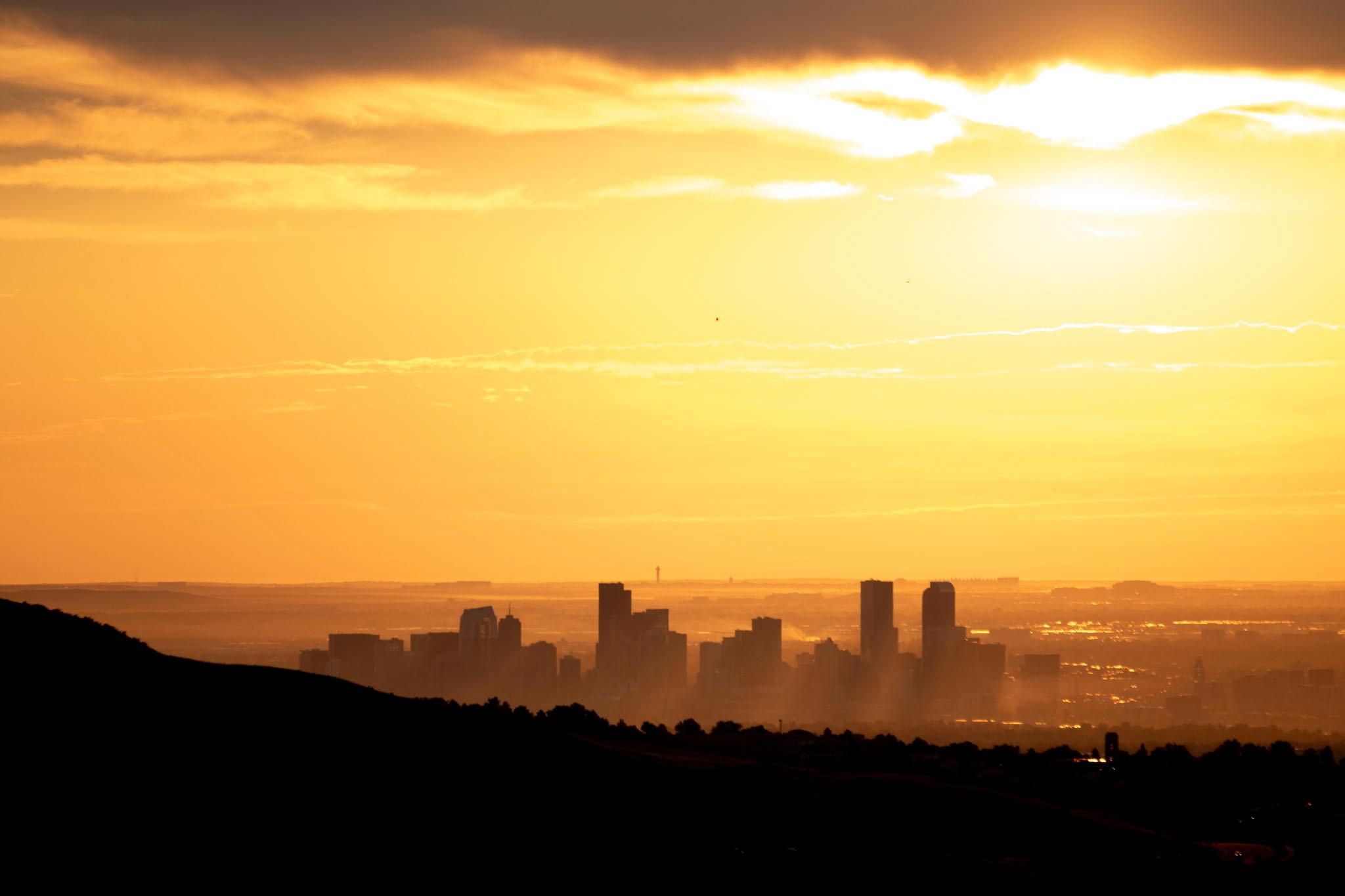
Colorado’s Front Range experienced another smoggy summer in 2025, but cooler weather and less wildfire smoke helped tamp down the region’s perennial air pollution problem.
The federal government sets air quality standards for ground-level ozone — a dangerous lung irritant better known as smog — under the U.S. Clean Air Act. Colorado has failed to comply with federal standards for the pollutant for more than two decades. Over the last summer, the region exceeded federal limits on 23 days between late May and early September.
That’s compared with 41 days in 2024, and an average of 35 days per year over the last decade.
In a presentation for state regulators on Wednesday, Scott Landes, Colorado’s air quality meteorologist, credited the weather for the relatively lower ozone levels. A cooler and wetter summer helped suppress ozone formation. There was also less wildfire smoke, which delivers raw ingredients known to react into ozone amid heat and sunlight.
“It was a quote, ‘good summer,’” Landes said. “As far as ozone is concerned, we’ll take that when we can get it.”
The annual update comes after Gov. Jared Polis’ administration acknowledged that the region around Denver will miss a deadline to comply with federal ozone standards by 2027. In March, state air quality regulators released a letter noting they would ask the U.S. Environmental Protection Agency to further downgrade the region from a “serious” to “severe” ozone violator under a federal ozone cap set at 70 parts per billion.
That move effectively gives the region until 2033 to hit the benchmark. By voluntarily asking the federal government to reclassify the region, the state will also remove the risk of sanctions for repeatedly failing to reduce ozone levels along the Front Range. Those punishments include strict limits on new air pollution sources and cuts to federal highway funding.
The improved ozone levels this summer will help the Front Range inch closer to compliance.
At the same time, the region is unlikely to succeed without further limiting local air pollution sources like traffic, gas-powered lawn equipment and oil and gas wells, according to Mike Silverstein, the executive director of the Regional Air Quality Council (RAQC). The advisory board measures the region’s ozone problem and suggests policies necessary to address it.
“We want to aim for success instead of coming back to this commission with reports of: ‘Hey, we’re not making it,’” Silverstein said.
A tough, complicated air pollution problem
Ground-level ozone tends to reach its highest levels from late May to early September.
During periods of warm and dry weather, tailpipe emissions and industrial pollution combine to form the highly reactive chemical, which builds on “background” ozone unrelated to local sources. That’s harmful to both humans and the environment. Exposure to the pollutant increases hospital visits and shortens life spans. Ozone pollution also makes it harder for plants to photosynthesize, cutting crop yields and making forests less effective at sequestering carbon dioxide.
Unlike other pollution problems, ground-level ozone isn’t easily linked to specific smokestacks or industrial sites. The main ingredients behind the pollutants — volatile organic compounds and nitrogen oxides — come from a wide variety of sources like aircraft, passenger vehicles, lawnmowers and even backyard grills.
Along the Front Range, however, the oil and gas industry is by far the largest contributor to the region’s ozone struggle.
Nearly one quarter of the region’s man-made ozone pollution comes from emissions related to fossil fuel extraction. Oil and gas production alone also accounts for more than three times as much annual nitrogen oxide pollution as all light-duty vehicles along the Front Range, according to RAQC estimates.
Over the last few years, Colorado has set targets and established new regulations to cut ozone-forming emissions from drilling and hydraulic fracturing operations. The state also enacted a new rule in June banning governments from using gas-powered lawn equipment during the summer ozone season, but regulators aren’t enforcing the requirements with fines or other penalties.
More regulations on the horizon
The RAQC is currently finalizing a policy “blueprint” with recommendations to reduce emissions behind the region’s summertime smog.
A draft version of the plan split its suggestions into three sections. The first focuses on tracking ozone-forming pollution and outlining effective ways to implement existing policies — like Colorado’s restrictions on gas-powered lawn equipment.
The second focuses on initiatives state regulators could adopt by May 2028, such as assessing the potential for voluntary programs to reduce vehicle trips to and from warehouses, airports and concert venues. The final section focuses on tougher regulations, such as requiring drilling and fracking operations to rely on electricity, rather than fossil fuels.
“We understand that emissions reductions have not been significant enough to drive ozone levels down to levels that the federal standards require,” Silverstein said. “And we're working hard to evaluate and recommend, and even implement, strategies that can help us achieve ozone levels in our future.”

